Shooting Star Watering Guide: How To Water A Shooting Star Plant
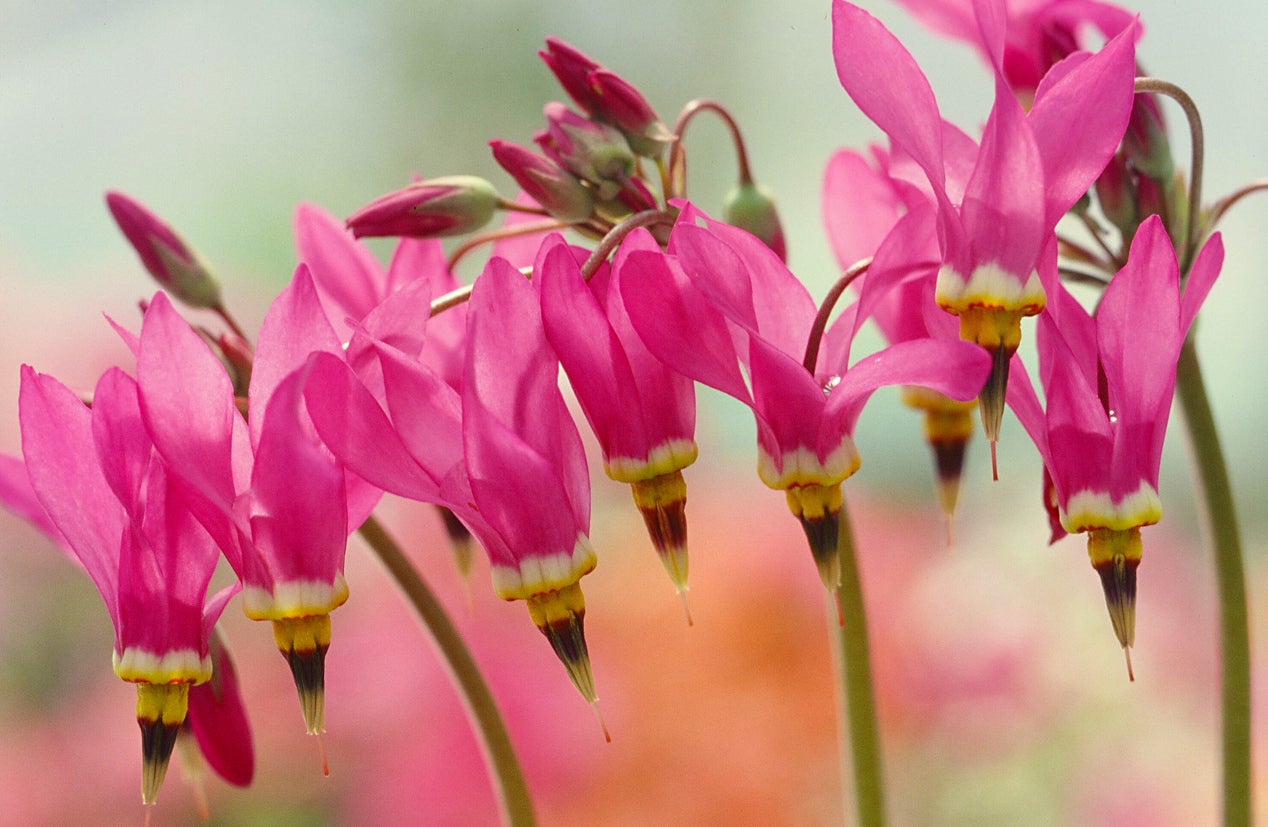

Whether you’re thinking of growing shooting star plants (Dodecatheon) in the garden or you already have some in the landscape, watering a shooting star properly is an important aspect to consider. Keep reading for information on the watering needs for this plant.
Shooting Star Water Needs
This herbaceous perennial with showy, uplifted blooms grows in the woodlands. It is native to Missouri, but spreads throughout much of the forest of the Central and North Eastern states. This plant grows as far west as Arizona, south to Mexico, and north to Alaska. The shooting star plant also grows in the Pacific Northwest. As it is accustomed to growing in the shade on the forest floor, it is watered by rain. Shooting star water needs in the garden should mimic this rainfall, which will vary depending on its growing conditions and location. Therefore, shooting star watering should be similar to rainfall in your area. The plant is adaptable, but generally likes to be in moist soil. The plant sometimes grows in moist soils, sometimes wet, and along streams and rivers, so you’ll find it adaptable to a number of places in your garden. If you’re fortunate enough to have these plants in your landscape, keep an eye on their growth and let this be your guide.
How to Water a Shooting Star Plant
Several varieties of this plant grow in different areas, leading to a range of watering needs for shooting star. About 14 species grow in various areas of the U.S. There is even a type that grows in Siberia. The dark-throated types need well-drained alkaline soils and can take more sun than other types that grow in the eastern forests. If you’re just starting out, this plant will tolerate clay soil but grows best if it is first amended. Grow this specimen in a mostly shady area such as under trees or in a woodland garden area. Filtered sunlight through the branches along with moist soil preceding its late spring bloom ensures the best flowers on your shooting star. Grow shooting star with plants that have similar watering needs. For instance, plants in the Primula family and hostas are attractive companions. When planting shooting star, either in spring or fall, keep the soil moist for about six weeks. Otherwise, foliage of these plants goes dormant following the bloom period. During this time of dormancy, watering a shooting star is not necessary. Use a layer of mulch to help keep the soil moist. A good soaking during and after a summer drought encourages roots to take in necessary nutrients.
Gardening tips, videos, info and more delivered right to your inbox!
Sign up for the Gardening Know How newsletter today and receive a free copy of our e-book "How to Grow Delicious Tomatoes".

Becca Badgett was a regular contributor to Gardening Know How for ten years. Co-author of the book How to Grow an EMERGENCY Garden, Becca specializes in succulent and cactus gardening.
-
 My Homemade Orchid Fertilizer Always Brings More Blooms – Here's The Easy Recipe That Transforms Plants
My Homemade Orchid Fertilizer Always Brings More Blooms – Here's The Easy Recipe That Transforms PlantsScientist-turned-gardener Mary Ellen Ellis shares her tried-and-tested DIY orchid fertilizer recipe, plus more ingredients to try for healthy, happy plants.
By Mary Ellen Ellis
-
 Looking For Plants To Give You The Soft And Fuzzies? Try These 5 Fuzzy Leaf Plant Options
Looking For Plants To Give You The Soft And Fuzzies? Try These 5 Fuzzy Leaf Plant OptionsLovers of texture, drama, silver foliage and tactile plants will adore these special sensory garden additions. These fuzzy leaf plant options will leave you all aglow
By Susan Albert
-
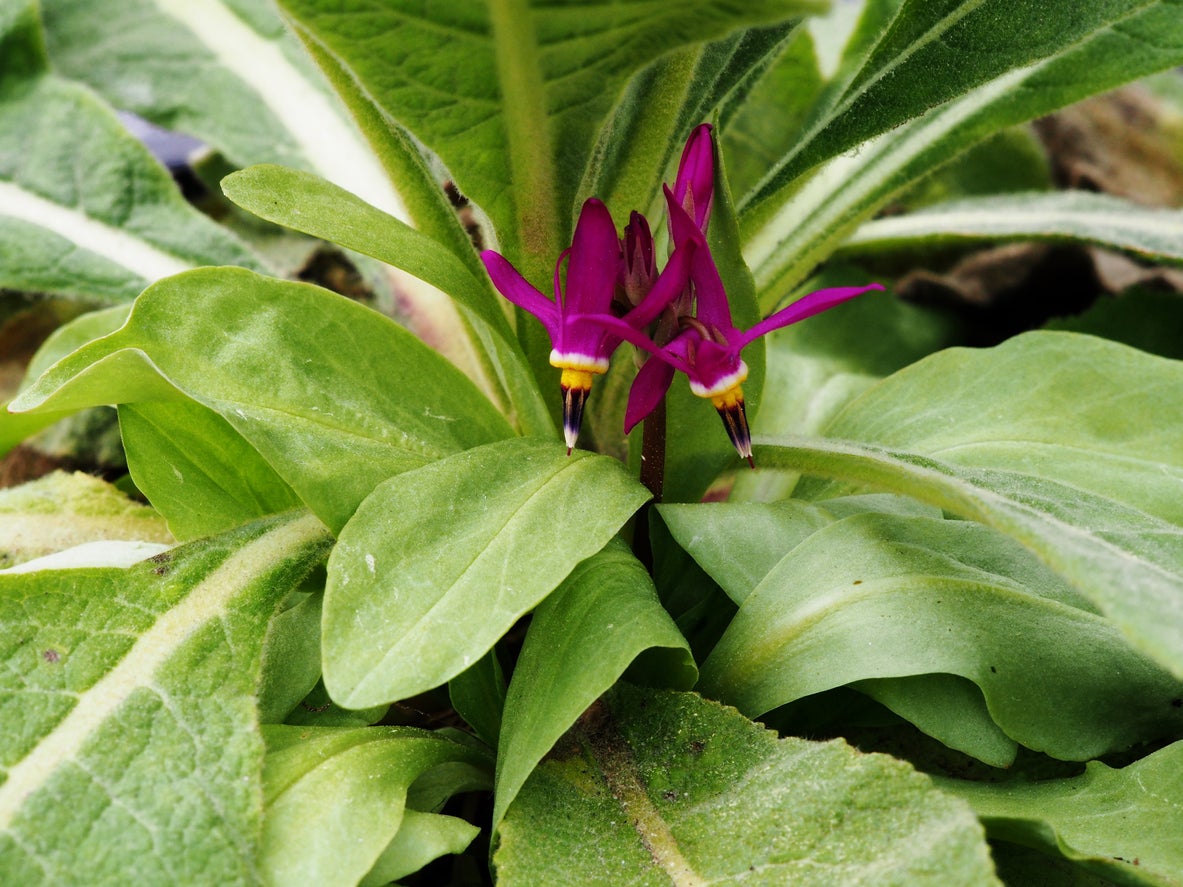 Shooting Star Division – How To Divide Shooting Star Plants
Shooting Star Division – How To Divide Shooting Star PlantsAs it is a perennial, dividing shooting star is the easiest and quickest method of propagation. Click here for tips on how to divide shooting star and create more of these whimsical plants to adorn your garden or share with a friend.
By Bonnie L. Grant
-
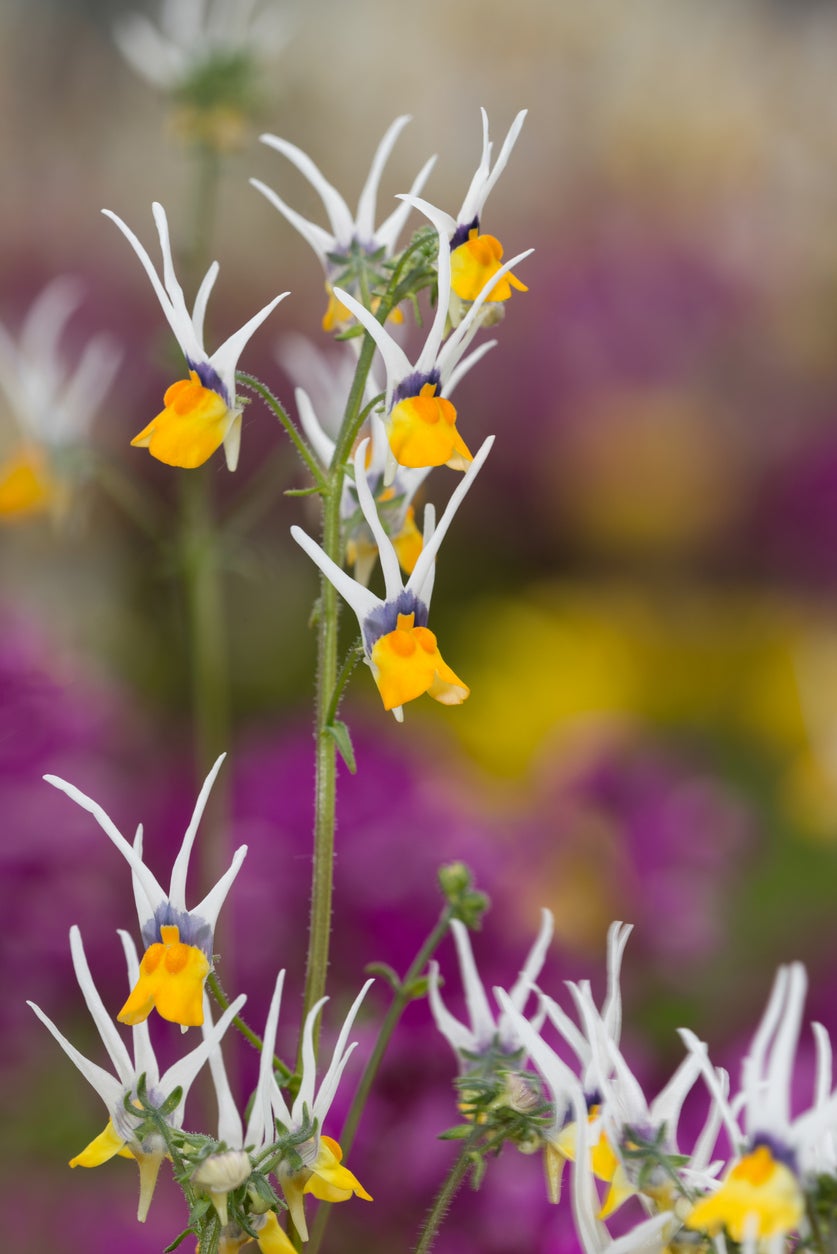 Propagating Shooting Star Plants – How To Propagate Shooting Star Flowers
Propagating Shooting Star Plants – How To Propagate Shooting Star FlowersThe propagation and cultivation of shooting star can be used in the home garden, and to restore native grasslands. Propagating shooting star plants by seed takes a little extra effort while shooting star division is the simplest method of propagation. Learn more here.
By Amy Grant
-
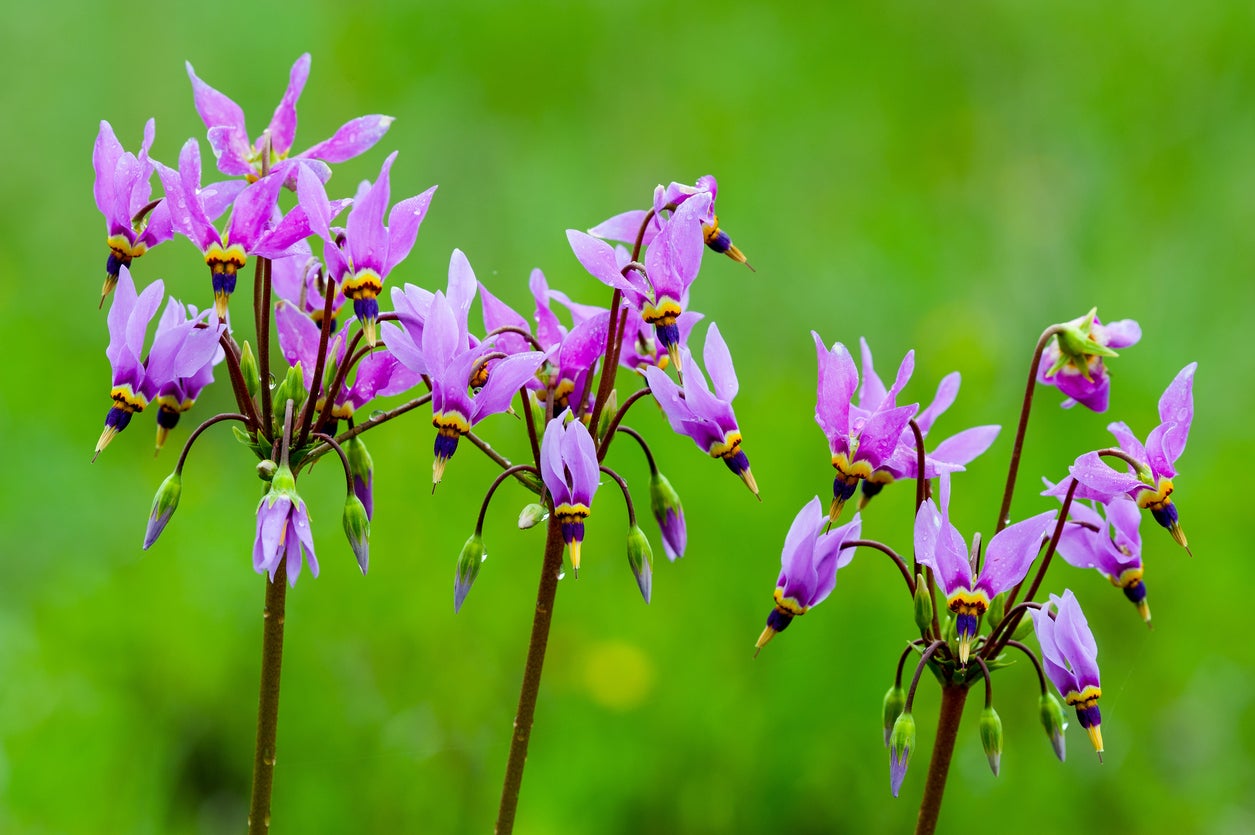 Shooting Star Seed Propagation – How And When To Plant Shooting Star Seeds
Shooting Star Seed Propagation – How And When To Plant Shooting Star SeedsHardy to USDA plant zones 4 through 8, shooting star prefers partial or full shade and usually disappears completely when temps rise in summer. Growing shooting star from seed is the easiest way of propagation. Learn more about shooting star seed propagation here.
By Mary H. Dyer
-
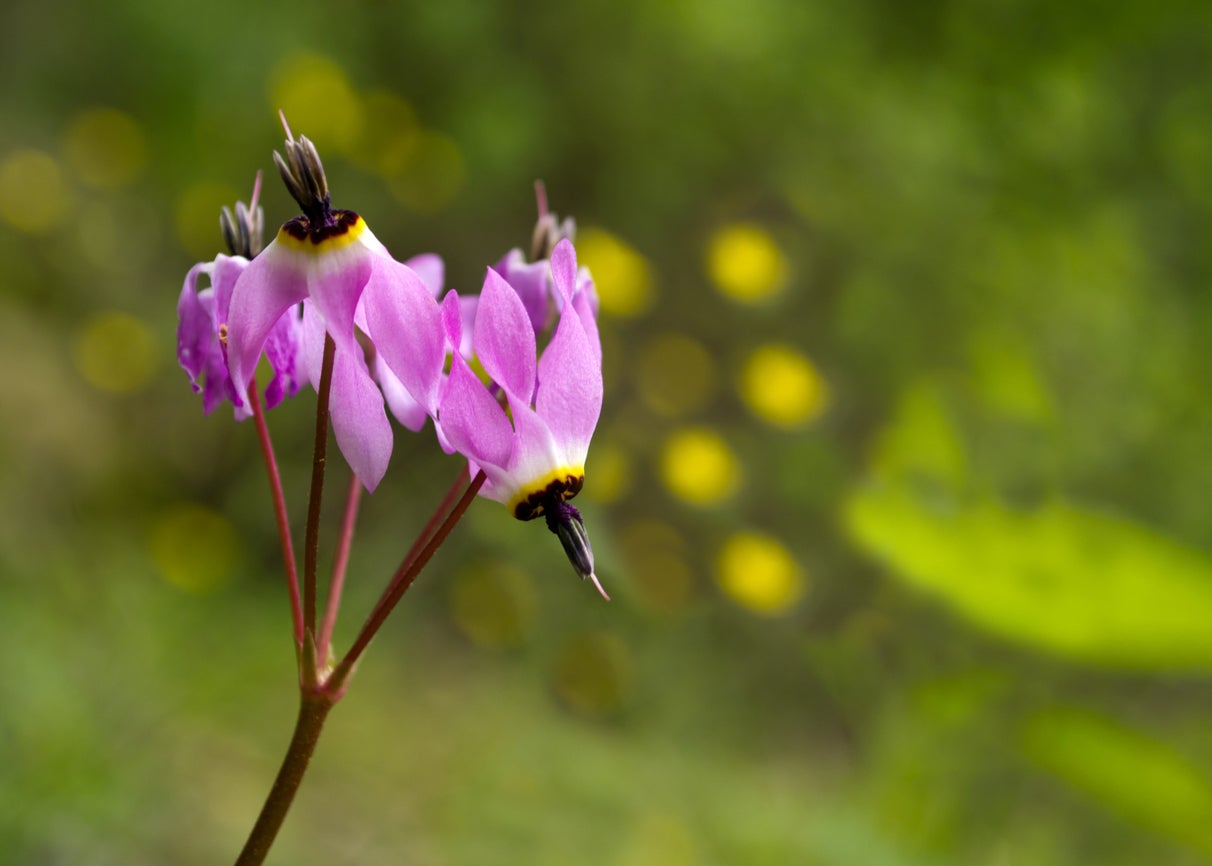 Dodecatheon Species – Learn About Different Shooting Star Plants
Dodecatheon Species – Learn About Different Shooting Star PlantsShooting star is a lovely native North American wildflower that is not just restricted to wild meadows. There are many different shooting star varieties to choose from to add stunning colors to your native and wildflower beds. This article will get you started.
By Mary Ellen Ellis
-
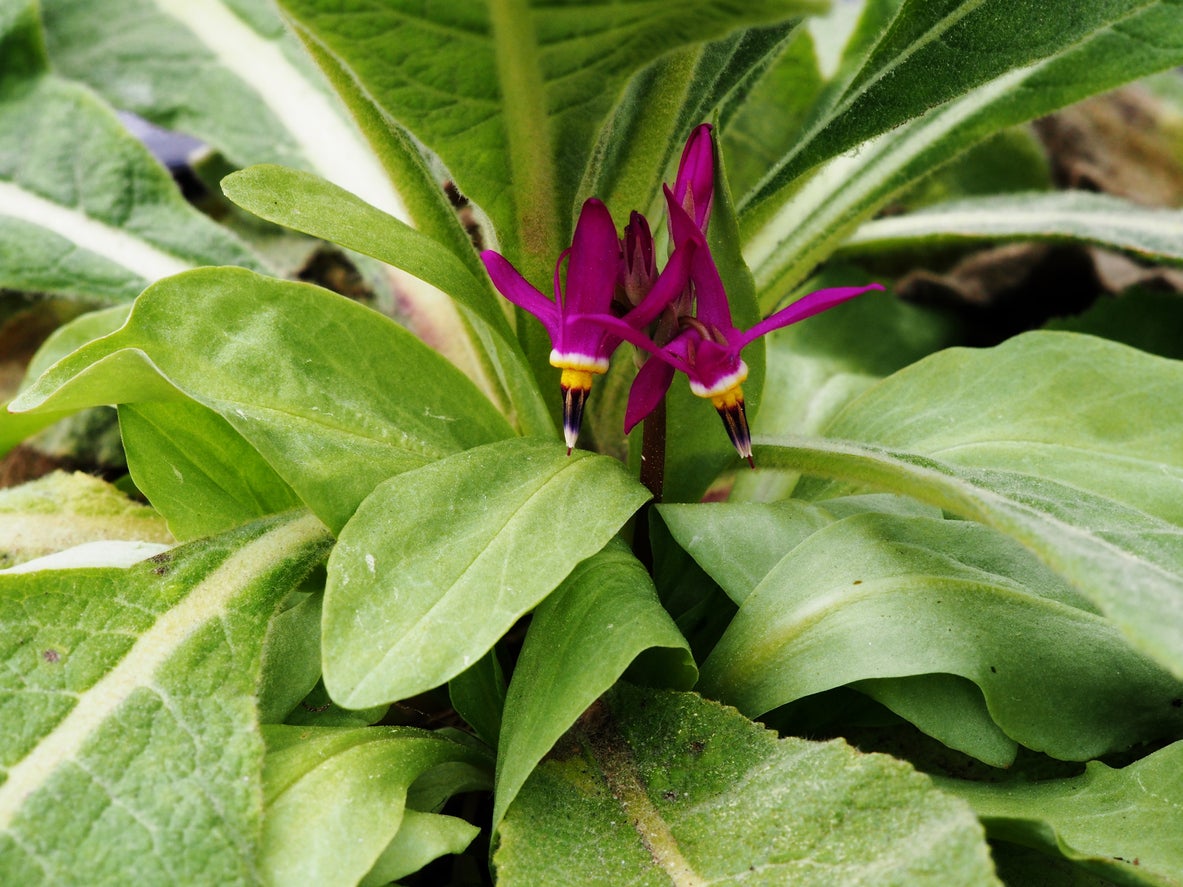 Feeding Shooting Stars – How To Fertilize A Shooting Star Plant
Feeding Shooting Stars – How To Fertilize A Shooting Star PlantShooting star is a pretty wildflower native to North America that makes a nice addition to perennial beds. To keep it happy, healthy, and producing those lovely, star-like flowers, feeding shooting stars the right way, with the right fertilizer, is important. Learn more here.
By Mary Ellen Ellis
-
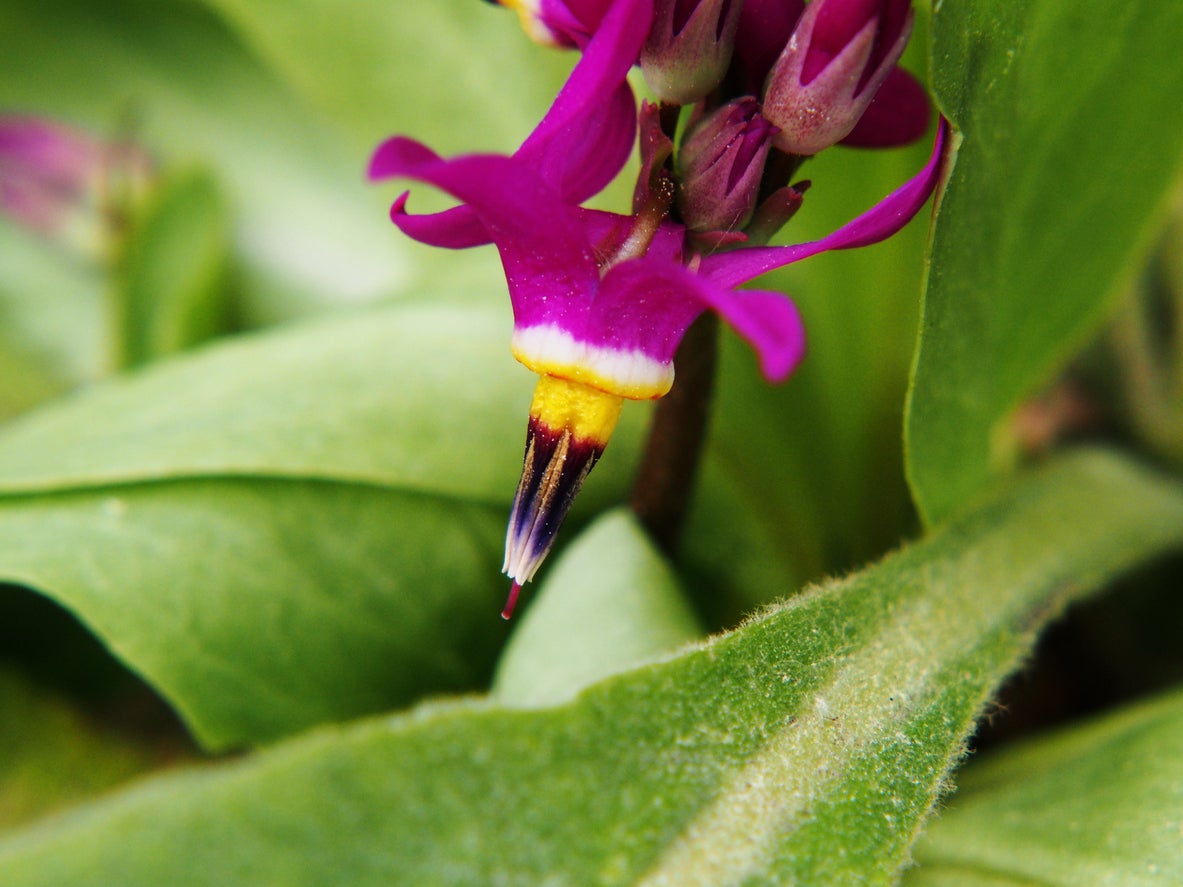 When Does Shooting Star Bloom: Is My Shooting Star Plant Dormant
When Does Shooting Star Bloom: Is My Shooting Star Plant DormantThe perennial flower “shooting star” is an early spring blooming wildflower that may be a perfect addition to growers’ wild landscapes. Click the following article for information on shooting star bloom time and see if this flower is a fit for your garden.
By Tonya Barnett
-
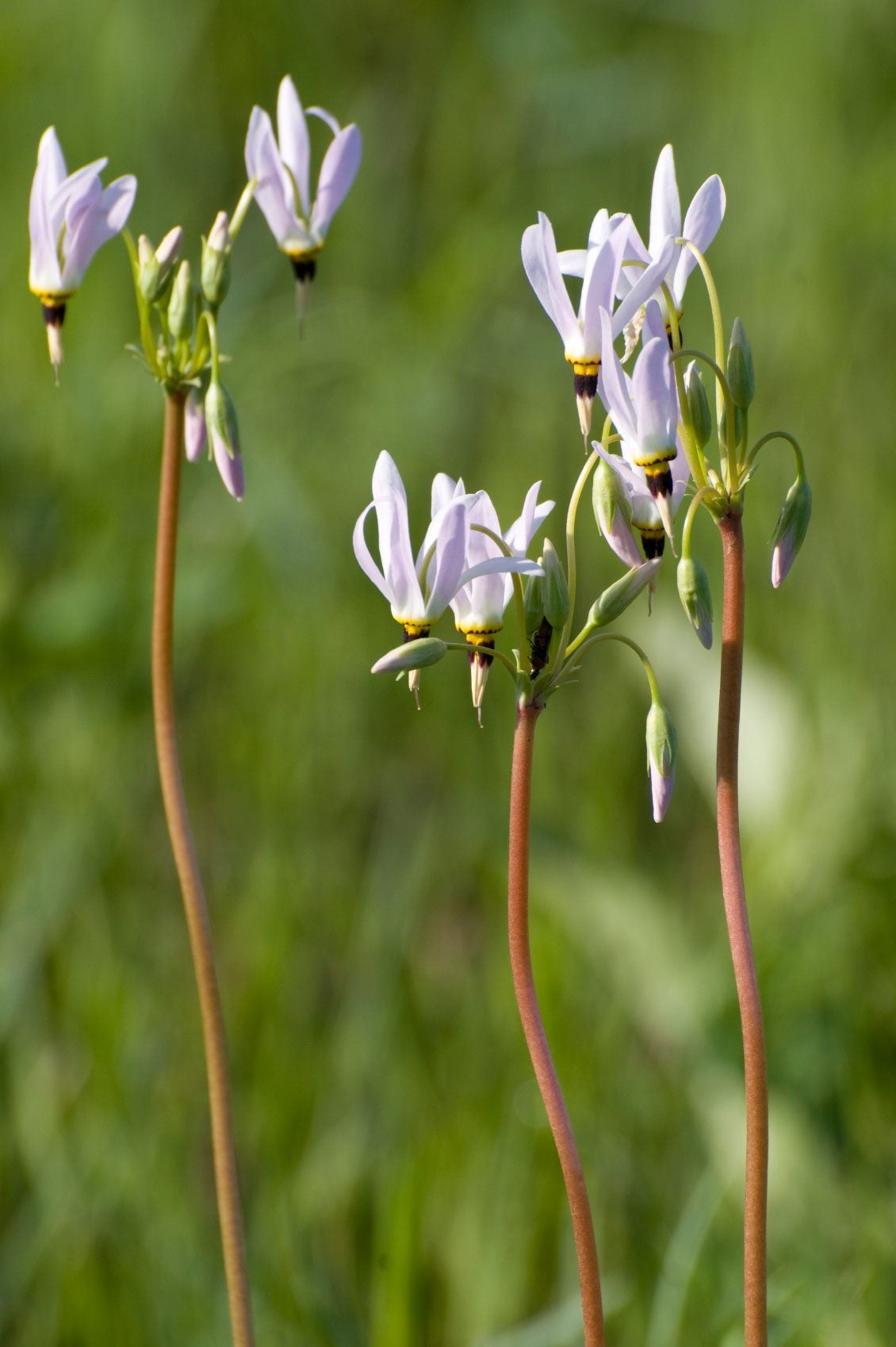 Shooting Star Care - Information On Shooting Star Plants
Shooting Star Care - Information On Shooting Star PlantsGrowing shooting star wildflowers in the native home garden is easy and produces masses of the attractive blooms having yellow or lavender collars. Find out more in this article.
By Bonnie L. Grant